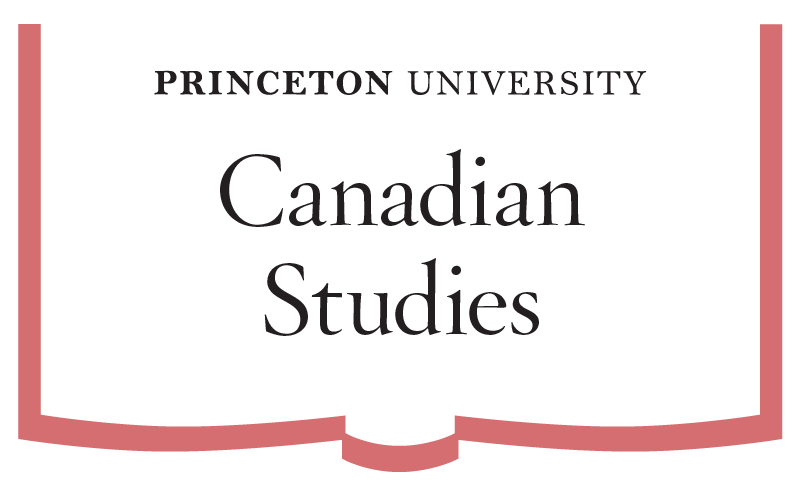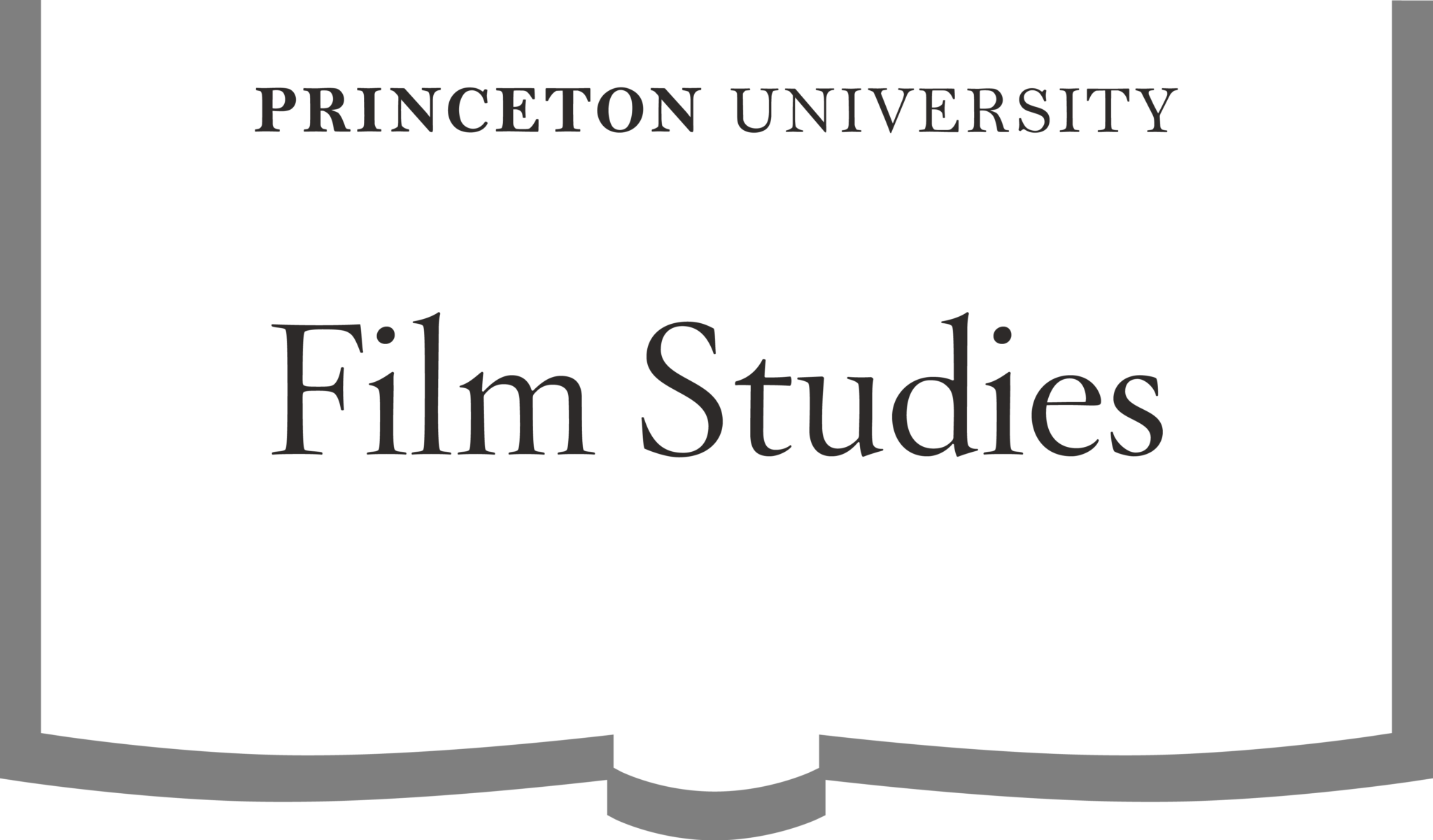HUM/EAS/COM 233
East Asian Humanities I: The Classical Foundations
This introduction to the literature, art, religion and philosophy of China, Japan, and Korea spans antiquity to ca. 1400. It encourages students to explore the unique aspects of East Asian civilizations and the connections between them. The course focuses on primary texts in translation, complemented by museum visits, online materials, and an interactive web-based platform. No prior knowledge or experience is required. First-year students are welcome.
Sample Readings:
Sima Qian, Records of the Grand Historian
The Great Age of Chinese Poetry
Confucius, The Analects
Selection of Classical Japanese, Korean, and Tang Poems
Korean Mythology
Bai Juyi, The Song of Lasting Pain
Genshin, The Essentials of Salvation
Murasaki Shikibu, The Tale of Genji
The Tale of the Heike
HUM/EAS/COM 234
East Asian Humanities II: Traditions and Transformations
This course builds on HUM/EAS/COM 233, but students need not have taken HUM 233 / EAS 233 / COM 233. There are no prerequisites. First-year and students with no previous experience of East Asian studies are welcome to enroll.
This course explores East Asia in the global context of imperialism, colonialism, the Cold War, capitalism, and neoliberalism. We will traverse a wide range of East Asian texts (literature, film, photography, installation art) to understand how they are connected by historical forces. Open to anyone interested in critical understanding of modern East Asian cultures, this course begins roughly around the fourteenth century and covers the arts, history, music, literature, popular culture, film, and media in transnational China, Japan, and Korea up to the contemporary period. Lectures are given by specialists in the departments of East Asian Studies, Comparative Literature, Music, and Art and Archaeology.
Sample readings:
Lu Xun, Medicine
Cao Xueqin, Dream of Red Chamber
Wu Zhuoliu, Orphan of Asia
Fruit Chen, The Midnight Arter (film, 2014)
Hayao Miyazaki, Nausica of the Valley of the Wind (animation)
Abe Kobo, Woman in the Dunes
FAQs
What makes the East Asian humanities distinctive?
East Asian countries—China, Japan, and Korea—share a radically unique written heritage, Chinese characters. Chinese characters represent the only original ancient writing system still used in today’s world. All other contemporary writing systems, like the Latin alphabet, are adaptations.
Thanks to their continuity of script, people in East Asia could communicate across linguistically separate, sometimes even monolingual, places. They wrote Chinese without necessarily learning to speak it, as they kept using their own local languages. For instance, Japanese diplomats addressed Koreans through poetry. As a result, unusual connections between speech and writing give a special flavor to East Asian cultural ties.
Yet in flowing across East Asia, ideas became specific to those cultures. This diversity showed as other countries adopted China’s systematized law, statecraft, and other strengths in different forms. New religious motivations, like Buddhist proselytization, inspired travel throughout the region, as when monks journeyed from Japan to study with monks in China before returning home. Korean shamanism incorporated elements from Confucianism and Buddhism, while departing from those systems over gender roles. Japanese stories depicted Confucius interacting with Shinto deities or Buddhist monks. A vibrant age of cosmopolitanism reigned, especially from the sixth through tenth centuries. Altogether, the surprising possibilities realized by each country make East Asia exhilarating to explore.
What does the East Asian Humanities Sequence cover?
The diversity of the curriculum will surely appeal to all kinds of interests. The East Asian Humanities Sequence examines histories, artifacts, anime, novels, short stories, and poetry, with some poems meant to be read only, others meant to be performed too. The course also considers the linguistics of Chinese, Japanese, and Korean. Topics range as widely as regime types, police systems, gender, class, prayer, ritual cleansing, and the position of humanity vis-à-vis nature.
Readings include two of the most famous works of the Japanese tradition, The Tale of Genji and The Tale of the Heike. The Tale of Genji recounts the love affairs of a court noble at the height of Japanese court culture, which treasured the beauty of the seasons, kimonos, incense, and decorated paper. By contrast, The Tale of the Heike describes the civil war of the twelfth century that ended court life, ravishing Japan and upending the old political order. Exposing the vices of warriors whose thirst for glory made them desperate to defeat their enemies, the story reveals the sympathies of more thoughtful onlookers like Buddhist monks or aristocrats, who deplored the destruction as wasteful and purposeless.
Some of the texts belong to the Chinese literary tradition, whose continuity invites participation from students. For example, every century produces its own commentary on Confucius’s Analects, so that the civilization sustains an ongoing, accessible conversation about one masterpiece. One of China’s most popular novels, Journey to the West, centers on a supernatural hero monkey called Monkey. His adventures prove hilarious and thrilling. Another hit, a tragic love story called The Song of Everlasting Sorrow, blends fiction, poetry, and the idea of beauty into a compelling whole, rooted in a real historical episode. As not only a poem but also a song, The Song of Everlasting Sorrow even tries to capture the physical imagination of dance. A complete aesthetic package emerges.
Why does the East Asian Humanities Sequence use an interactive web-based platform?
Placing older works in a modern context gives them new relevance. Attesting to the versatility and timelessness of ideas, students can experiment with them using current technology. Beyond simply reading lines and lines of poetry, students have constructed a map to tie texts not only figuratively but also literally to contemporary forms of expression. In one final project, students chose to create a dating site for the eleventh-century Japanese novel The Tale of Genji, turning its characters into app users. The juxtaposition of such a spatially and temporally distant story with a current phenomenon humanizes the tale by showing its present applicability, while simultaneously destabilizing the assumptions of the audience. Digital tools make connections much easier to draw, as instead of only moving from the first to the last page of a single text, students can manipulate multimedia to learn in an innovative fashion.
What can the East Asian Humanities Sequence offer to those already familiar with the Western Humanities?
Delving into the cultures of other times and places makes you question as well as enhance your perspective. Importantly exposed to alternative ways of thinking, East Asian Humanities Sequence students also hone skills, such as close reading, essential for studying anything in the humanities.
Consider one example of how East Asian views challenge Western preconceptions. Many materials in the West concern the status of the individual in relation to society. But this ready distinction between the individual and society does not translate well into East Asia, whose religious and political philosophy do not so much treat the individual as the final arbiter of truth and value. The East Asian Humanities Sequence investigates the place and annunciation of various works: who is speaking and on behalf of whom? Many political theory treatises aim to channel the state, a voice without a subject that just reaffirms the power of the sovereign. Yet even the most official discourse, like chronicles of state history, can attempt to carve a space for commentary by individuals. The style, place of composition, and objects of representation of the narrator, writer, or author raise fascinating questions.
How is the East Asian Humanities Sequence organized?
Each semester of the East Asian Humanities Sequence features three modules on 1) political thought such as the ideology of empire, 2) philosophical and religious traditions, and 3) aesthetics including poetry and song. These themes highlight both the similarities and differences among China, Japan, and Korea. Through the tripartite framework, students will grasp how each part influences another. For example, how does state power produce literature? How does religious discourse, in criticizing and relativizing state power, depend on the splendor of narratives? The East Asian humanities self-consciously intertwine political thought, moral philosophy, and aesthetics, more so than in many other civilizations.
Who takes the East Asian Humanities Sequence?
Students come from all sorts of backgrounds. Some have received all of their education prior to Princeton in East Asian countries, while others enter with no previous knowledge of East Asia. Some speak one or more East Asian languages, while others know none. Some have studied the humanities extensively, while others have never experienced much of the humanities. The design of the course, including its variety of writing exercises and use of multimedia like websites or anime, produces a welcoming as well as intellectually stimulating environment for all. Furthermore, the diversity of the students enriches discussions with interpretations from many angles.
How can taking the East Asian Humanities Sequence affect my outlook on current affairs?
We live in a globalized world increasingly shaped by technological developments. The East Asian Humanities Sequence tells much of the history of how we arrived here. Even though numerous big ideas eventually traversed the planet, knowledge did not spread uniformly across East Asia, instead taking different speeds and directions in different places and times. Consider the case of printing. From the tenth century onward, in China, printing with wood blocks grew steadily more popular until exploding into a mass culture of printing in the fifteenth or sixteenth century. This gradual development over five centuries contrasts starkly with the sudden revolution brought by the Gutenberg printing press in Europe. On the other hand, in Japan, printing remained rather undeveloped and rare until the seventeenth century, when the technique burst into common usage. In Korea, movable type dominated for a long time despite being very inefficient and therefore expensive for Chinese characters. Whereas printing in the West led to the Renaissance in the West, printing in East Asia led to many kinds of outcomes, with the connection between technology and culture much less clear.
To offer another illustration, modern people often assume that they can define culture along ethnic or national lines, as if to divide the world into the boundaries of a map. By plunging into the ancient or even the relatively recent past, the East Asian Humanities Sequence swiftly dissolves such neat distinctions. For instance, a monk’s diary recounts how he traveled to Tang China to study Buddhist doctrine, but when the government tried to expel him, he took refuge in a monastery full of worshippers exclusively speaking Korean. How people interacted and communicated proves much more multilayered than in the textbook versions of China, Japan, and Korea.
All told, East Asia is growing ever more important in our interconnected world. Princeton students cannot overlook the region. Indeed, ignorance about East Asia, including among world leaders, might lie behind contemporary disasters like the fallout of the coronavirus pandemic. Beyond pragmatic domains such as politics, economics, and the military, the underlying cultural values expressed through the East Asian humanities upend our so-called common sense, broadening our outlook on what is truly good.













